“Various types of sheet metal are available for fabrication projects, from diverse material types to thickness ranges. Which one you need will depend entirely on your project’s requirements.”

Many metals and alloys are typically available in the form of sheets, and each of them is useful in various fabrication processes. The selection of material depends on the characteristics of the final part in terms of formability, weldability, corrosion resistance, strength, weight, and cost. The cold working process allows the manufacturers to make various parts from thin metal sheets using several techniques. This is a very flexible process known as sheet metal fabrication, and it involves splicing, sheet metal shearing, and riveting techniques. Sheet metal sheets are of various types and are usually not more than 6mm in thickness. This article provides information on the most common sheet metal types, their characteristics, and applications across manufacturing sectors.
What is Sheet Metal?
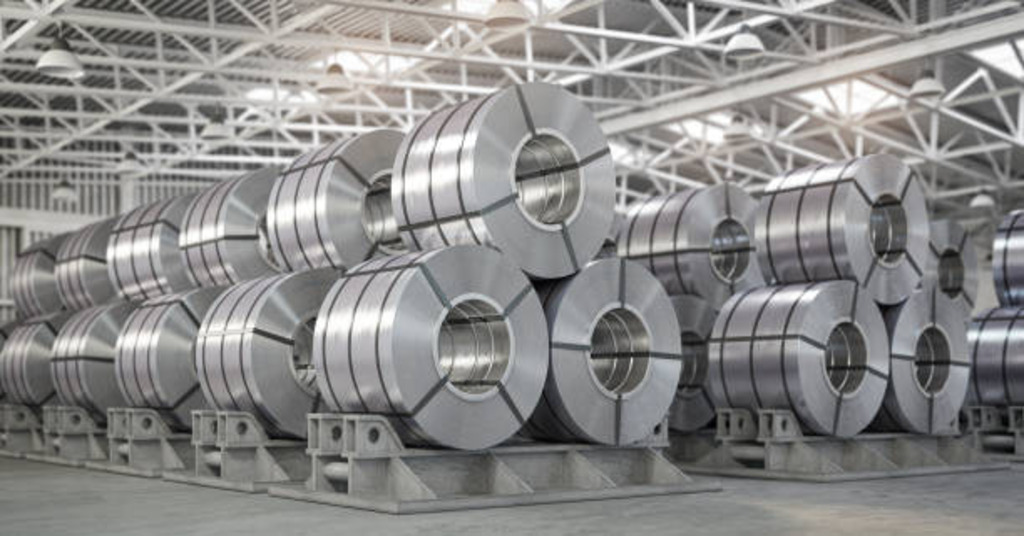
Rolled sheet metal
Sheet metal is an essential component in numerous manufacturing procedures across the globe, and it is defined by the creation of thin, flat parts or coils. The preliminary process is the melting of the metal into a liquified state and then pouring it into rectangular casts for solidification. After that, the obtained block called an ingot, is subjected to pickling, which involves cleaning with chemical solutions. Then, the ingot is placed in a press with two large rollers to reduce its thickness to the required parameters. Annealing, a heating process that does not melt the metal but changes its characteristics, may be required at this stage, and another pickling process may also be required. Once formed to the required thickness, the sheet metal can be supplied in flat sheets or coiled.
Sheet metal is a vital component in metalworking and fabrication processes after it has been prepared for cutting, bending, rolling, punching, or forming into various forms. Sheet metal working is a process in which the geometry of the sheet metal is changed without eradicating any material but by applying force to change the shape of the material. However, plain sheets can be further treated through embossing, etching, ribbing, corrugation, or perforation techniques to give the sheet a particular texture or usability.
Sheet metal types can be defined by thickness; they may be as thin as a sheet of foil or as thick as structural steel plates. Industrial sheet metal ranges from 1/64 to 1/4 inch thick in gauges used in the United States and millimeters or mils used worldwide.
Try Prolean Now!
Sheet Metal Types
Some commonly used materials used in the precision sheet metal fabrication process include; Stainless Steel, Aluminum, Titanium, etc.
Stainless Steel Sheet Metal
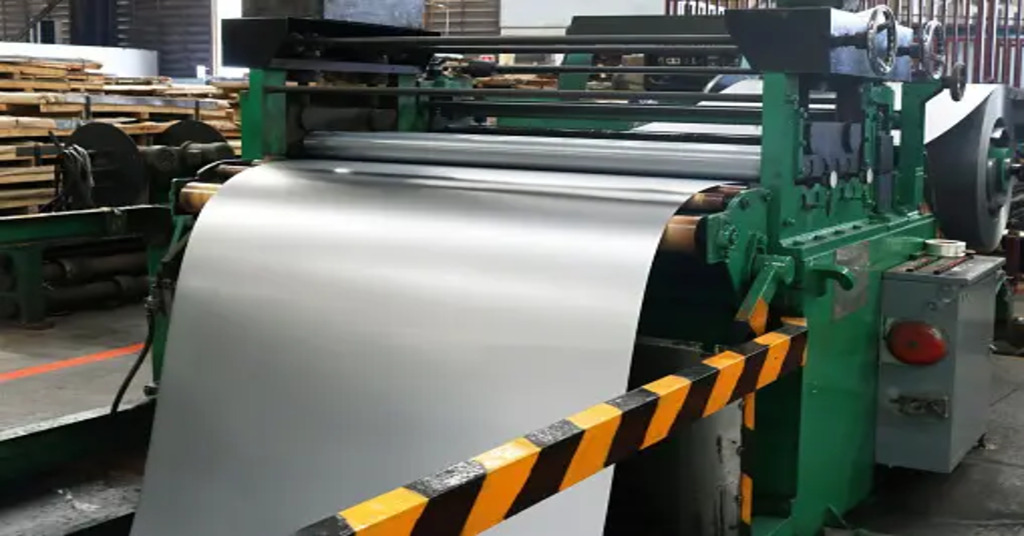
Highly formable stainless steel
Stainless steel sheet metal is available in different grades and can be used in various applications in precision sheet metal working. The austenitic stainless steel sheet metal fabrication, like the SS300 series, has non-magnetic, chromium, and nickel content and is low carbon content and is mainly used in sheet metal applications. It is famous for its high formability and corrosion resistance; thus, it is the most popular grade. Ferritic stainless steel is magnetic and non-heat-treatable, contains 11-30% chromium and little or no nickel, and is usually in the 400 series. It is used for non-load bearing applications where there is a requirement for high corrosion resistance, such as in marine environments or where the appearance of the structure is important. Martensitic stainless steel, however, consists of chromium steels with no nickel and is made to be heat-treatable to develop different levels of hardness and strength but with corrosion resistance
Cold Rolled Steel
Cold rolled steel is a type of steel that has been passed through a rolling mill once it has been hot rolled to make it more suitable for use in forming operations. It is available in 1008 and 1018 alloys.
Pre-plated Steel
Hot-dipped galvanized steel and galvanealed steel are two types of pre-plated steel where the steel is galvanized and then, in the case of galvanealed steel, is annealed. Galvanization is a process of applying a thin layer of zinc on the surface of iron to protect it from rusting while annealing is a heat treatment process that alters the structure of the material to improve its mechanical or electrical characteristics, making it less hard and more ductile for ease of working on.
Tool Steel
Tool steel is a very useful and strong material, which is usually characterized by approximately one percent of carbon. The specific constituents and the proportion of those constituents in tool steel depend on the type of application. Tool steel is characterized by its abrasion resistance and high performance at high temperatures; it is used for making tools such as punches, dies, blades, and hammers.
Galvanized Steel
Galvanized steel comes in two main primary forms: electro galvanized sheets and hot dipped metallic coated sheets. Electro-galvanized sheets are made of cold-rolled annealed steel with a pure zinc coating that does not have a zinc spangle. Hot dipped galvanized steel, on the other hand, is cold-rolled rigid steel plates that are coated with a combination of pure zinc and an iron-zinc alloy. This version is more resistant to corrosion than electro galvanized sheets and is comparatively cheaper than the former.
Aluminum Sheet Metal
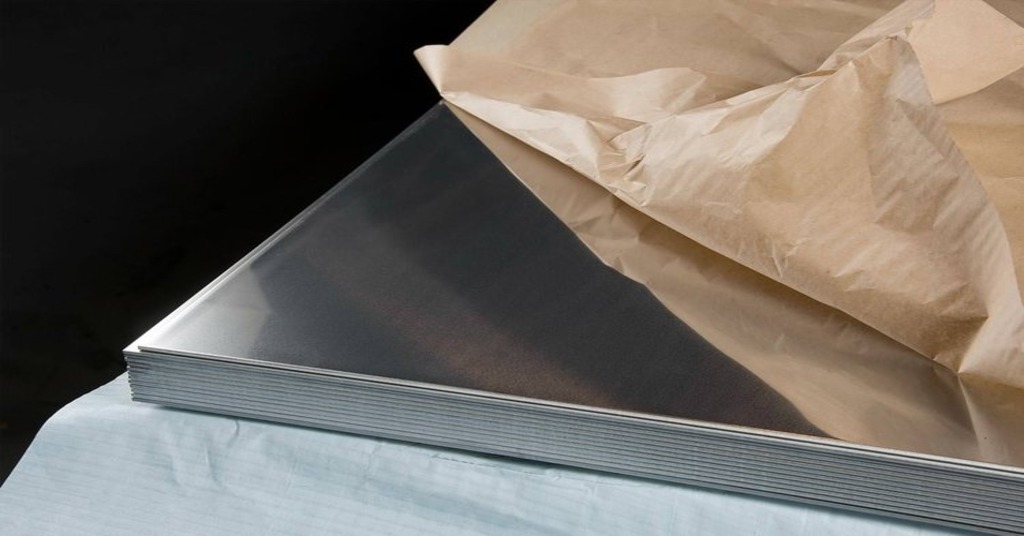
Aluminum sheet metal
Aluminum sheet metal is widely used in manufacturing because of its high strength to weight ratio and inherent resistance to corrosion, thus satisfying most of the applications. In aluminum sheet metal fabrication, usually, Al1100 grade is highly resistant to corrosion and easy to form. It has high thermal and electrical conductivity, which makes it suitable for use in transmission or power grid lines. Grade 3003 is a medium strength alloy with good formability and is used in heat exchangers and cooking utensils. Among the two, Grade 5052 and 6061, the former is more common in sheet metal fabrication because of its strength, formability, weldability, and corrosion resistance. Grade 6061 is a structural alloy and is used in extrusions and high strength applications like trucks and frames for boats.
Copper/Brass Sheet Metal
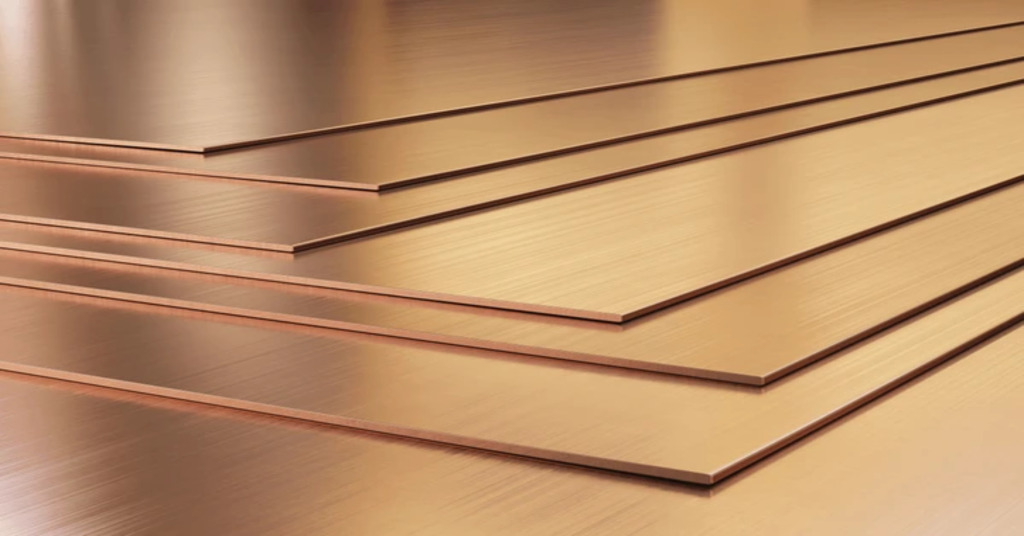
Copper sheets
Copper and brass are both useful in their own right due to the differences in their characteristics. Low zinc containing brasses are easily cold formed, welded, and brazed. The copper sheet metal has a high content that enables them to create a layer of oxide, or patina, that does not continue to corrode and gives the desired appearance in applications such as architectural and consumer goods.
Titanium Sheet Metal

Titanium sheet Metal
Titanium sheet metal can be defined as thin and flat pieces of titanium, which is a metal that is well known for its high strength to weight ratio and high corrosion resistance. These sheets are made through processes such as hot rolling, cold rolling, or through powder metallurgical methods. Titanium sheet metal is widely used in aerospace, automobile, medical, and marine industries, where its characteristics are highly appreciated. It is applied in the production of products such as frames for aircraft, parts for engines, implants for the human body, and marine products because of its strength, high-temperature tolerance, and compatibility with the human body.
Try Prolean Now!
Sheet Metal Applications
Sheet metals are worked under a cold working process and may include forming, splicing, riveting, cutting, and shearing. The thickness of the metal is usually below 6mm. However, due to the advancement in technology, especially in the area of rapid prototyping, there are changes in the thickness of sheets of metal.
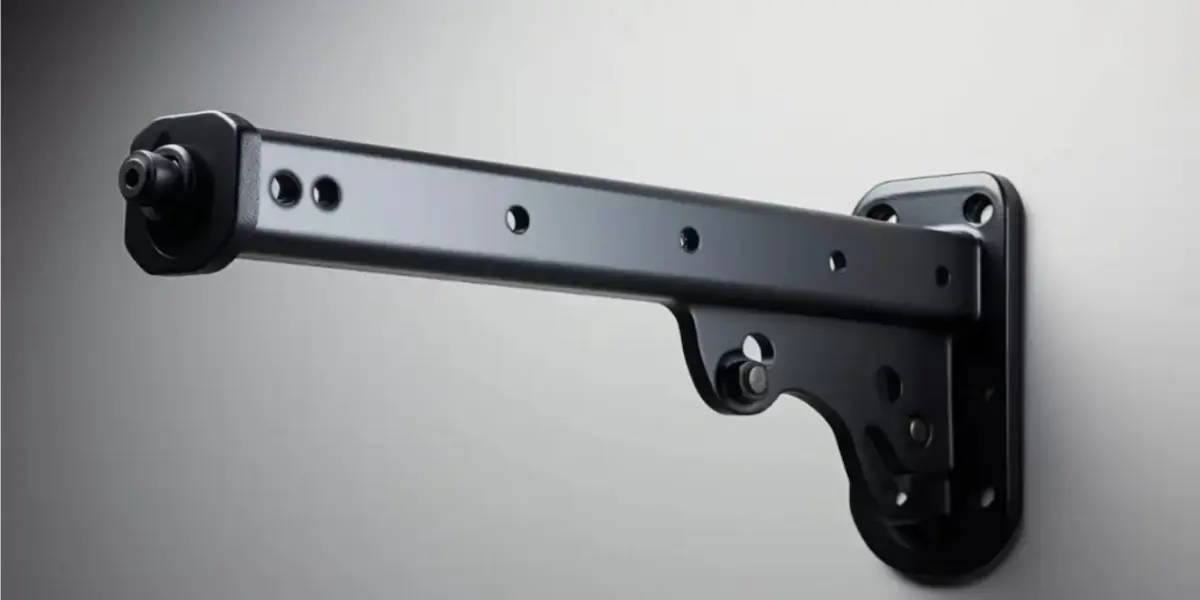
Customized metal bracket
As for their uses, sheet metal types are essential in the fabrication of custom brackets and various parts because of their light weight and resistance to corrosion, which makes them suitable for hardware and fasteners. They also provide an economical way of manufacturing product device panels such as casings, boxes, and various forms such as ‘U’ and ‘L’ shapes, rack mounts,s and consoles. Furthermore, sheet metals are ideal for building chassis that enclose electromechanical controls from large-scale testing machines to small handheld gadgets, thus providing a perfect alignment of the hole pattern and the components in the chassis.
In industrial applications, sheet metal is widely used in many industries. For example, in electronics and lighting industries, sheet metals are used in the fabrication of parts of air conditioners, laptops, radios, etc. Similarly, the automotive and aviation industries employ sheet metals in the fabrication of body parts of vehicles, which shows how important the material is in today’s industries.
Steps Help To Decide Which Sheet Metal Is More Right?
When choosing sheet metal, the type of metal is the primary step to take. There are several important points to consider. These include;
Hardness: The reason why sheet metal cannot be hard pressed into its surface is determined by its hardness. There are three types to consider: These are Brinell, Vickers, and Rockwell. Depending on your project, it is necessary to choose the correct type of the given element.
Tensile Strength: When choosing sheet metal, it is important to consider the tensile strength of the metal. This property specifies the metal sheet’s capacity to withstand tensile stress and is a measure of the metal’s strength.
Maximum Temperature: This parameter shows the average of the maximum and minimum temperatures that the metal can endure in the long run. Fluctuations in temperature can have a significant impact on the electrical resistivity of sheet metals.
Malleability: The malleability of the metal sheet type is also important. Predominantly, it depends on the project being worked on and how easy it is to shape the metal sheet into the required geometry. Sheet metal should be soft enough to be bent or rolled into thin plate shapes.
Elongation Ratio: Last but not least, the elongation ratio gives the ratio of the sample material to its dimensions after breaking. This ratio specifies the ability of the sheet metal to bend and shape before it fractures. Choose a sheet metal with an elongation ratio that is appropriate to the bending and shaping of the project.
Get Free Sheet Metal Fabrication Quotes From Prolean
Prolean Tech is a well-established China sheet metal company that specializes in on demand laser cutting of metals, metal folding, fabrication, finishing, and assembly in China. We are particularly interested in providing customized solutions for one-off and large-scale production.




0 Comments